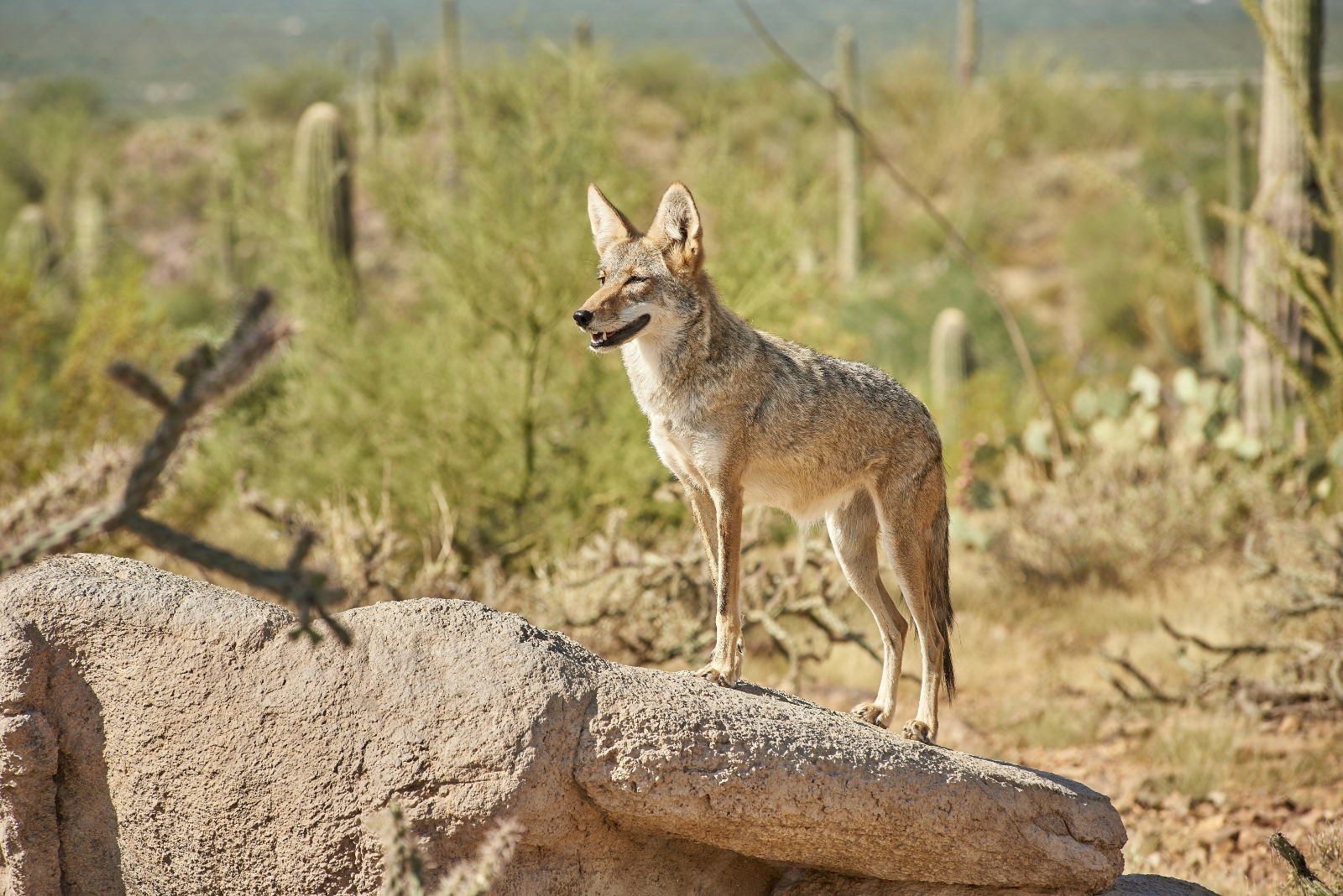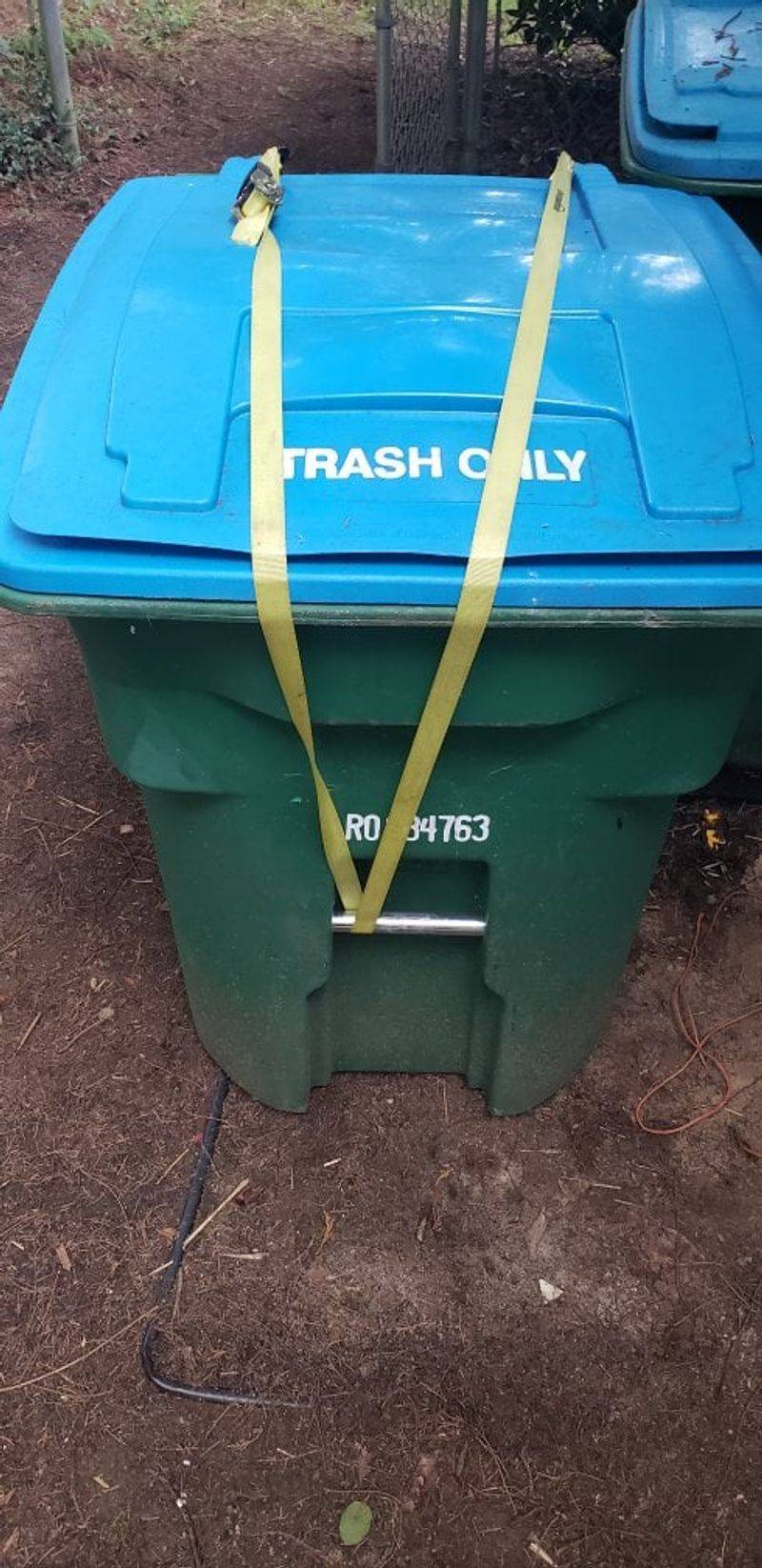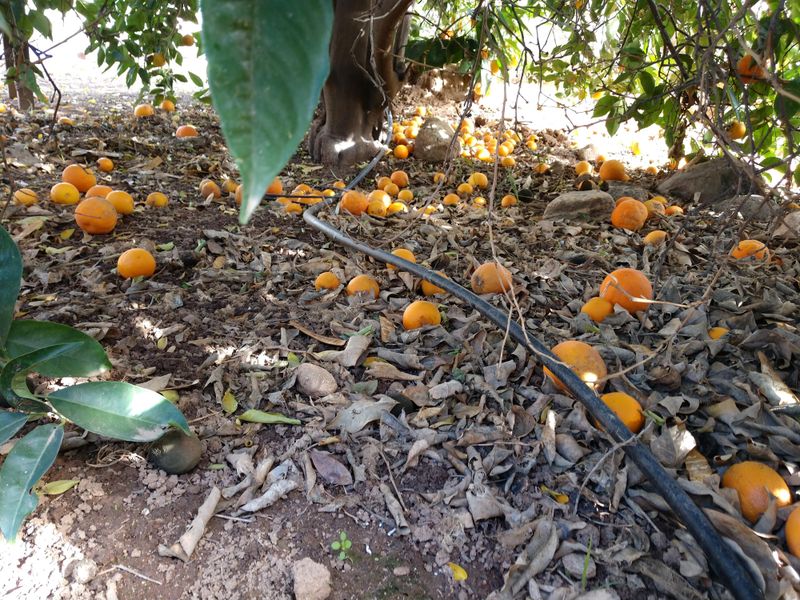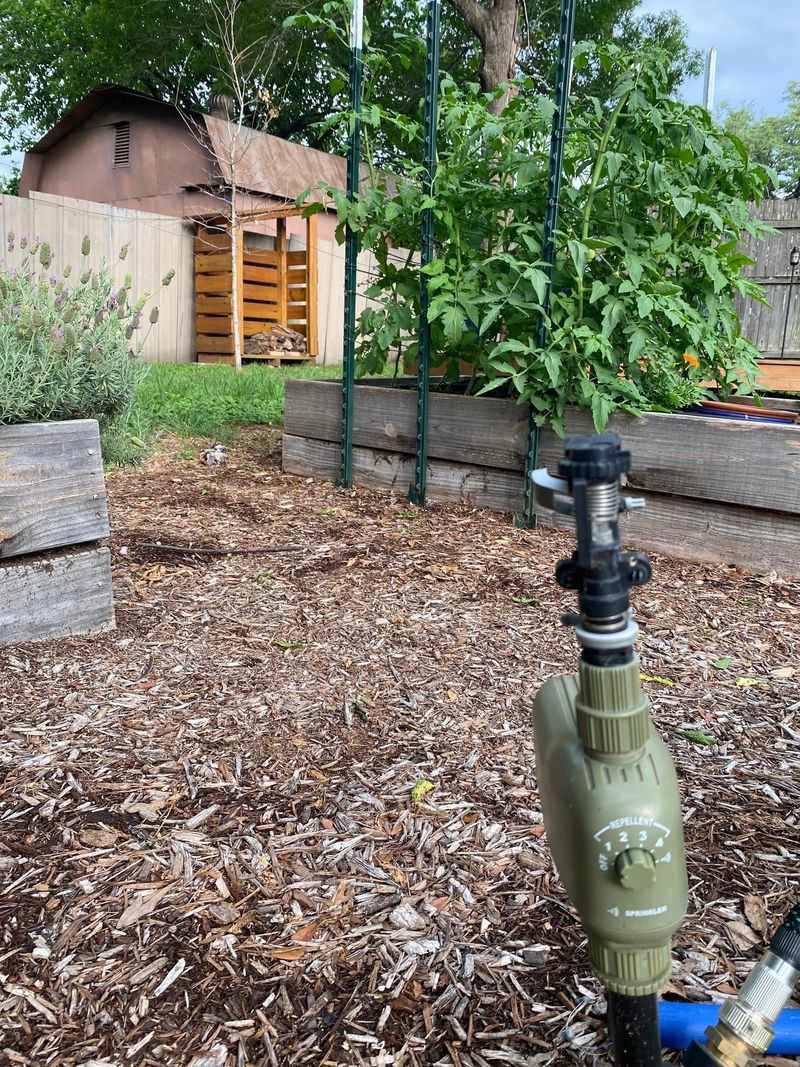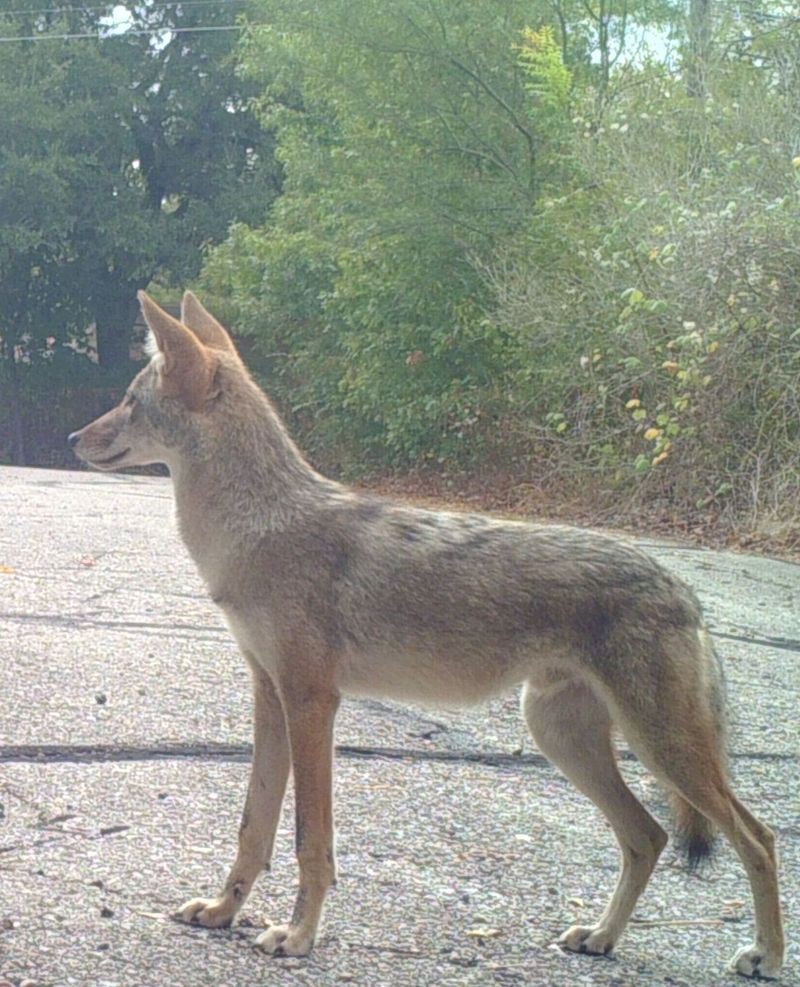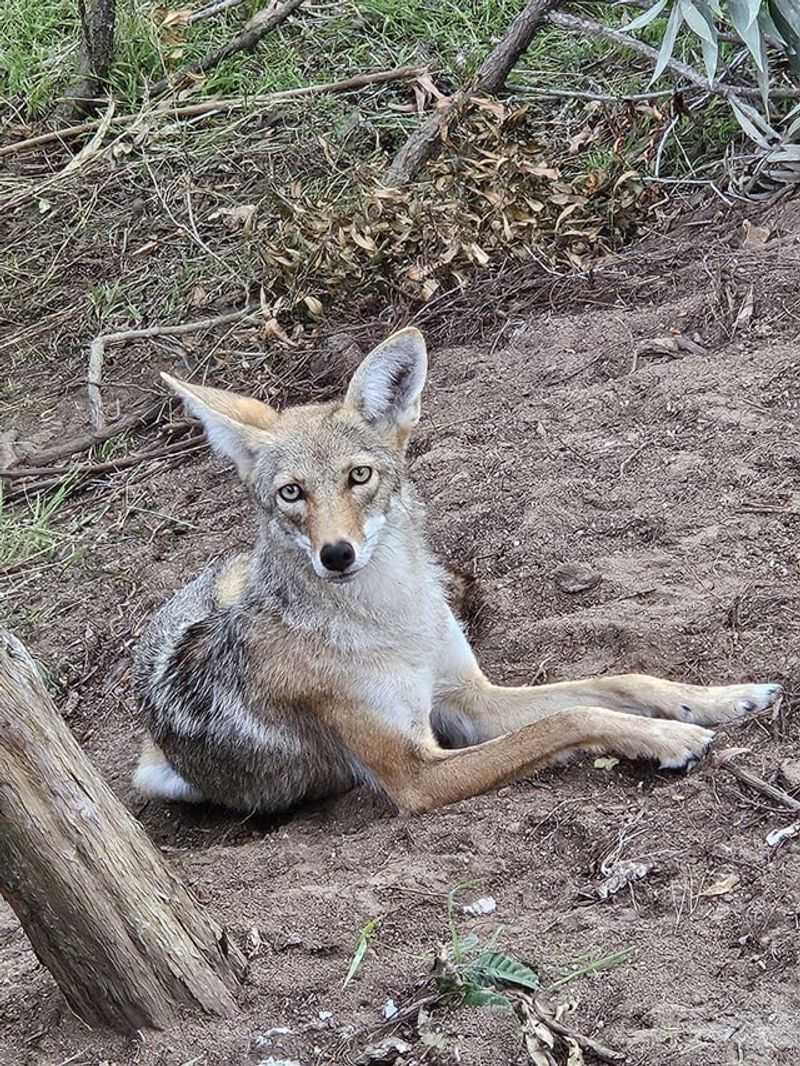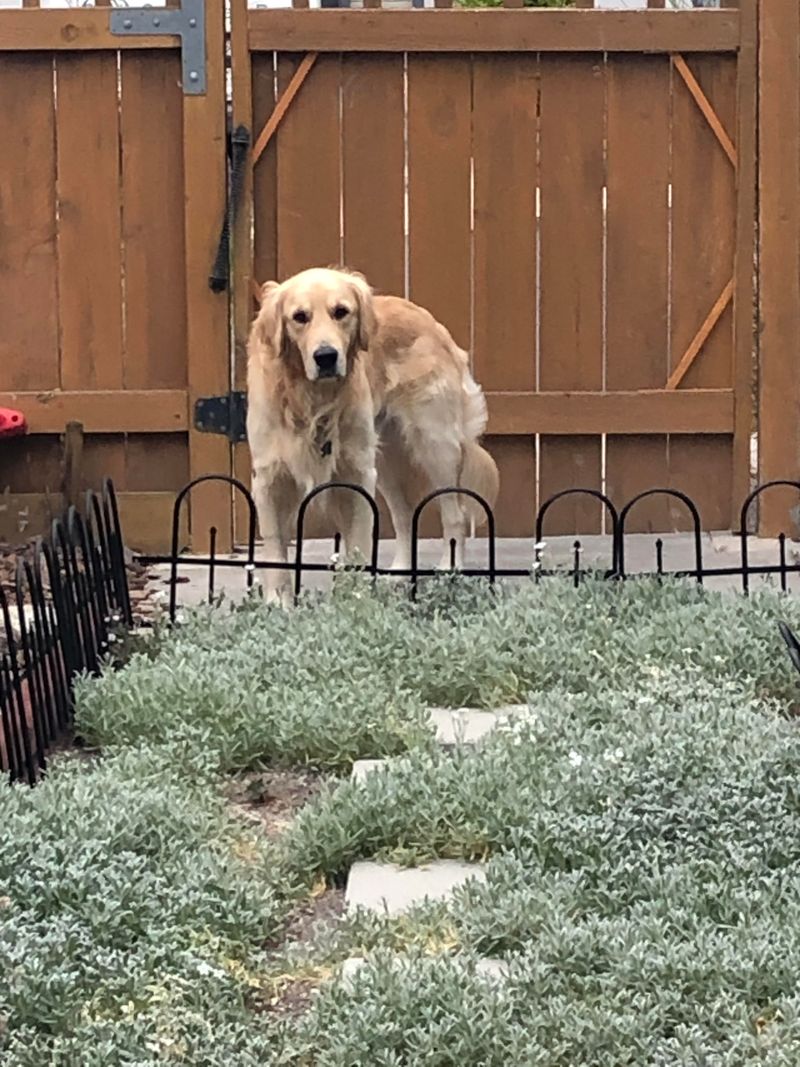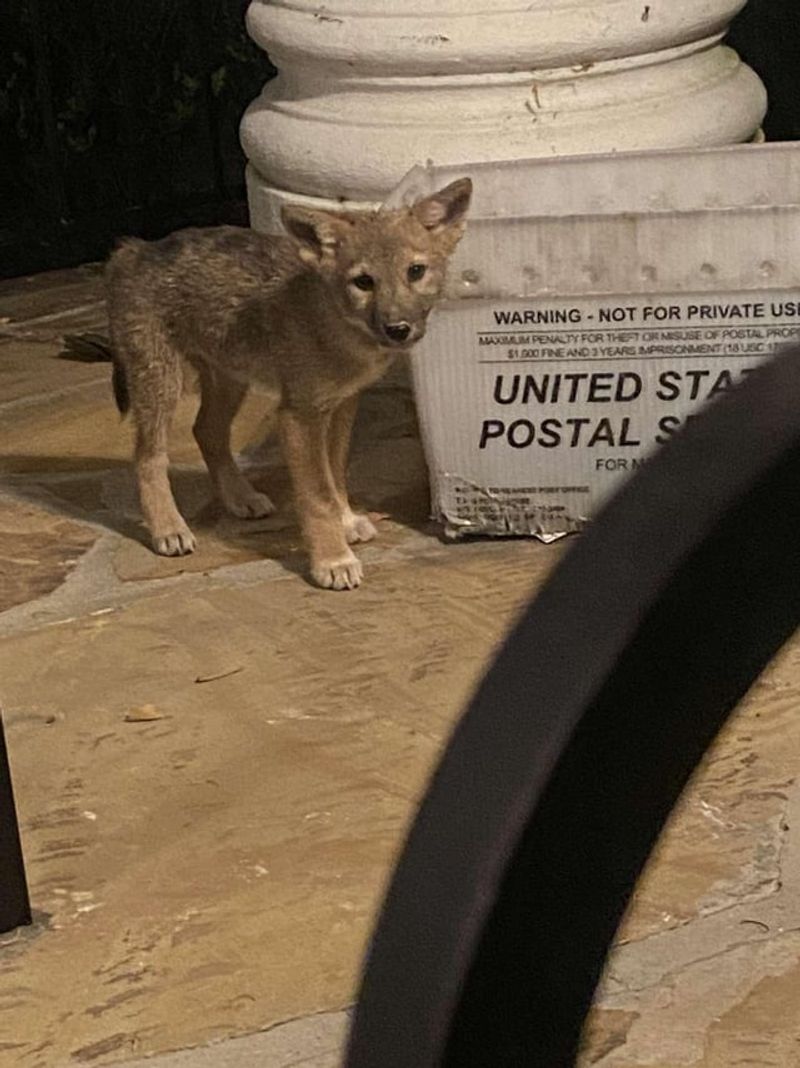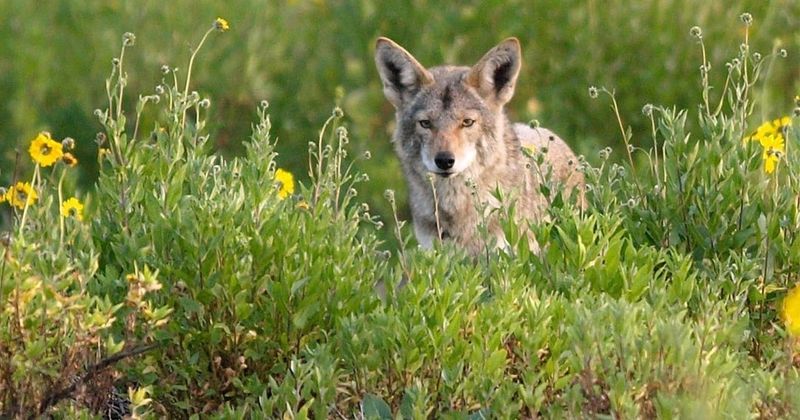If a coyote wanders into your Arizona yard, staying calm is key. There are simple steps you can take to keep both yourself and the animal safe.
At the same time, some common mistakes can make the situation worse without you realizing it. Knowing what to do—and what to avoid—makes all the difference.
Handling it the right way keeps your yard safe and gives you peace of mind.
1. Secure Your Trash
Coyotes have incredible noses that can smell your leftovers from far away. Use wildlife-proof containers with tight-fitting lids and keep them in secure areas.
Arizona residents often find that storing trash in garages until collection day significantly reduces unwanted visitors. Regular cleaning of bins prevents lingering odors that might attract these curious predators.
2. Remove Food Sources
Never intentionally feed coyotes – it’s dangerous and illegal in many Arizona counties. Bring pet food indoors at night and pick up fallen fruit from trees.
Bird feeders can indirectly attract coyotes by drawing in small animals. Many Phoenix homeowners have found success with raised garden beds that limit access to vegetables and herbs that might tempt wildlife.
3. Install Motion-Activated Sprinklers
Surprise water sprays startle coyotes without causing harm. These devices detect movement and release sudden bursts of water that send coyotes running.
During Tucson’s dry seasons, these systems serve double duty by watering your plants while protecting your property. Position them strategically around entry points where coyotes might attempt to access your yard.
4. Use Light and Sound Deterrents
Coyotes prefer hunting in darkness and quiet. Motion-sensor lights flood your yard with brightness when movement is detected, disrupting their stealth approach.
Wind chimes, talk radio, or other unpredictable sounds make your Sedona property less appealing. Solar-powered devices work wonderfully in Arizona’s abundant sunshine, providing protection without increasing your energy bills.
5. Fence Your Property
Effective coyote fencing should be at least 6 feet tall with an additional 18 inches buried underground to prevent digging. Add a roller bar or coyote roller at the top to stop climbing.
Many Flagstaff residents combine fencing with native desert landscaping to create natural barriers. Remember that coyotes can jump surprisingly high, so height and proper installation are crucial for effectiveness.
6. Practice Hazing Techniques
Hazing teaches coyotes to fear humans by making loud noises, waving arms, or spraying water when you spot them. Carry a whistle or small air horn during walks around Scottsdale neighborhoods.
Never run away – this triggers their chase instinct. Stand tall, maintain eye contact, and back away slowly if needed. Consistent hazing by community members helps reinforce that your area isn’t welcoming.
7. Plant Coyote-Repelling Vegetation
Certain plants naturally repel coyotes through strong scents or prickly textures. Try wolf’s bane, Mexican oregano, or prickly pear cactus around your property borders.
Tempe gardeners often create defensive perimeters with these plants while enjoying their drought-resistant qualities. The bonus? Many coyote-repelling plants thrive in Arizona’s climate and require minimal water once established.
8. Supervise Pets Outdoors
Never leave small pets unattended, especially during dawn and dusk when coyotes are most active. Keep dogs on leashes during walks in Mesa parks and open spaces.
Consider installing a coyote-proof pet run with secure fencing and a covered top. Cats should remain indoors, as even the most agile feline is no match for a determined coyote hunting in your neighborhood.
9. Remove Hiding Places
Coyotes seek shelter in overgrown areas, woodpiles, and under decks. Regular landscape maintenance eliminates potential dens and makes your property less attractive to these wild canines.
Trim vegetation at least 6 inches above ground and seal off spaces under porches. Many Prescott homeowners install lighting in shadowy corners where coyotes might otherwise feel comfortable lurking.
10. Turning Your Back
Never turn your back on a coyote or run away – this triggers their predatory chase instinct. Face the animal directly while backing away slowly if you need to create distance.
Glendale wildlife officials report that maintaining eye contact and an assertive posture significantly reduces risk during encounters. Keep children close and pick up small pets immediately if you spot a coyote nearby.
11. Approaching Pups
Springtime in Arizona often means coyote pups. No matter how cute they appear, never approach young coyotes – protective parents are always nearby and will defend their offspring aggressively.
Gilbert nature enthusiasts know to observe wildlife from a respectful distance using binoculars. Report den locations to local wildlife authorities who can determine if intervention is necessary for public safety.
12. Inconsistent Hazing
Half-hearted or inconsistent hazing teaches coyotes that humans aren’t serious threats. Every family member must commit to the same deterrent techniques for maximum effectiveness.
Neighborhood associations in Chandler have successfully reduced coyote problems through community-wide hazing education. When everyone responds consistently, coyotes quickly learn to avoid the entire area rather than just certain yards.
13. Ignoring Warning Signs
Daytime sightings, increased vocalization, or stalking behaviors indicate coyotes losing their fear of humans. Don’t dismiss these warning signs – they require immediate action.
Yuma residents who notice bold coyote behavior should contact Arizona Game and Fish Department promptly. Early intervention prevents escalation and protects both humans and wildlife from potentially dangerous situations that might otherwise require removal.

